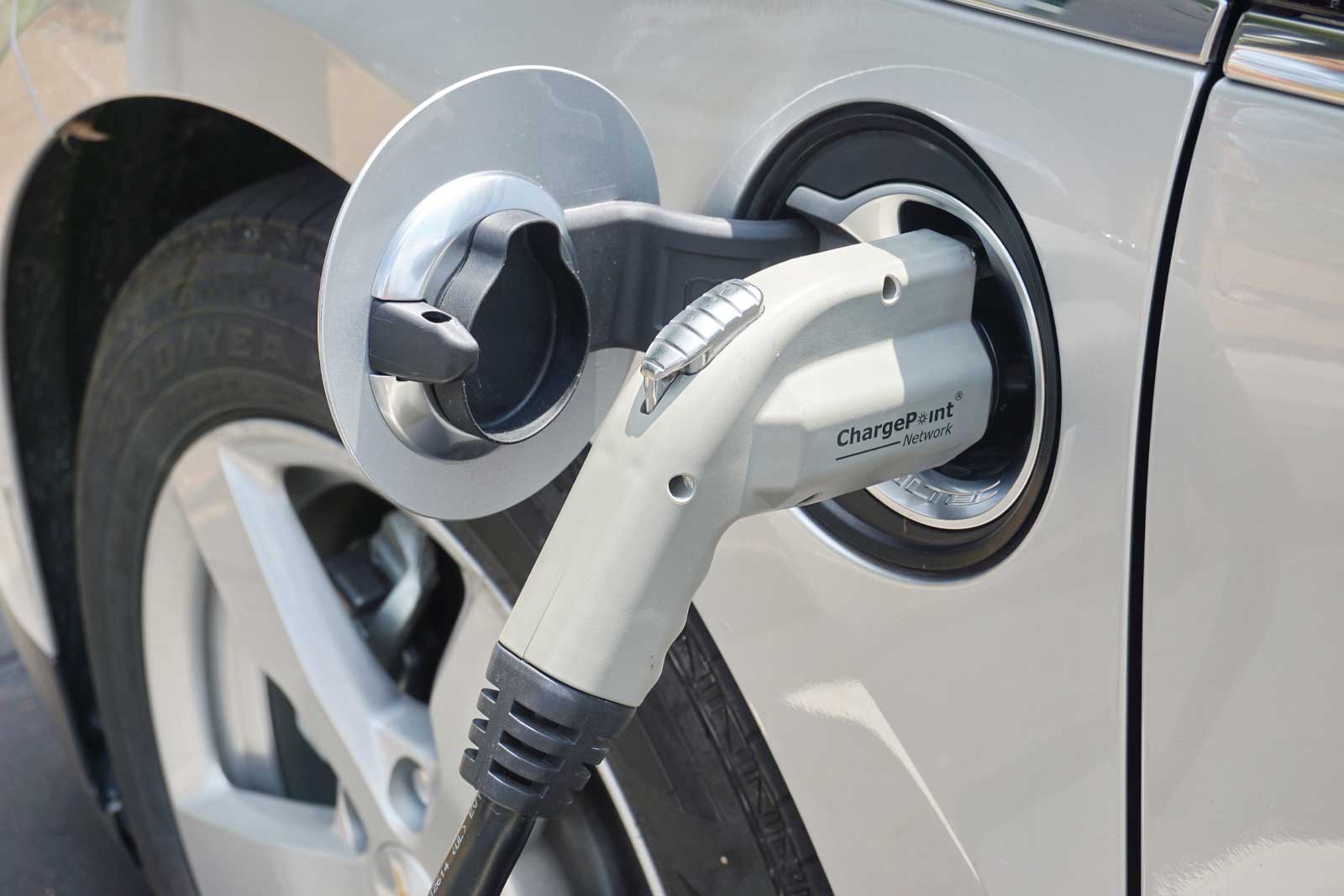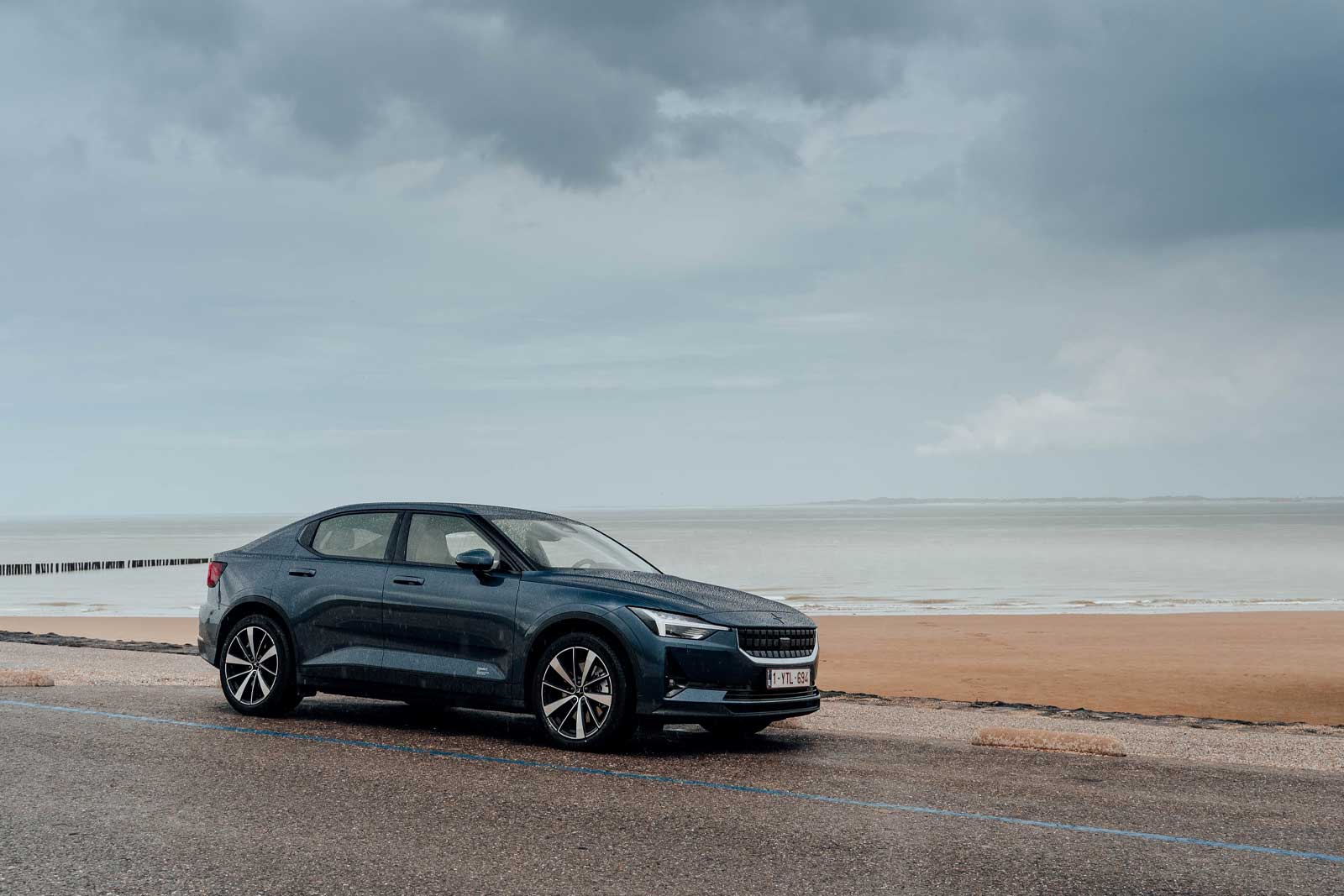
In recent years, the passenger vehicle market demand has shown a differentiated K-type trend. The proportion of traditional fuel vehicles has continued to decline, and the proportion of new energy vehicles has continued to increase, forming a structural growth trend in the domestic auto market. Traditional fuel vehicle products are facing greater growth pressure, while the electrification and intelligent social supply chain system of new energy vehicle products is still in the stage of innovation and rising.
After the outbreak of the new crown epidemic in the world, the environmental changes brought about by the epidemic have significant differences in the impact of car-owning groups and car-free groups. Behind the consumption classification, different groups are projected to resist risks, or in the post-epidemic era, it may affect the size of the auto market.
Some car owners can quickly recover from the property damage of the epidemic, keep their jobs, and make their assets appreciate. Most of the car owners belong to the middle class, and their family assets are rich. The risk-averse mentality under the epidemic has led to a strong release of the demand for a second car for middle-class families, driving the strong growth of high-end B-class electric vehicles. Judging from the company’s new product plans, the domestic new energy leading units | This year, the focus is on medium and large benchmark models, which is conducive to consolidating the accumulation of technology in China’s new energy market and accumulating strength for the continuous upgrading of the industry.
Car-free groups, such as those employed in the tertiary industry, have suffered a greater loss of income from work during the epidemic, and their ability to purchase cars for normal consumption upgrades has been temporarily hindered, reducing the entry-level purchase demand for traditional fuel vehicles. The sales of entry-level models of joint venture brands have dropped significantly, and the overall performance of traditional car companies has declined.
The market environment of traditional fuel vehicle models has deteriorated. Under high oil prices, the demand for some traditional fuel vehicles has been diverted to the consumption of new energy vehicles, resulting in weaker sales of traditional vehicles. At the same time, the decline in purchasing power of more consumer groups has also led to a decline in the market demand for traditional vehicles. . At present, the important choices for promoting economic growth and family travel are traditional fuel vehicles, and the carbon emissions of the entire vehicle manufacturing process of traditional fuel vehicles are far lower than those of new energy vehicles. According to estimates, the production of 50-degree electric vehicles produces nearly 5,000kg of CO2 per vehicle, and the production of fuel-powered vehicles produces 550kg of CO2 per vehicle. 1 liter of gasoline for a fuel car is 2.4kg CO2, 5 liters of fuel per 100 kilometers is 12 kg of CO2, and 12 kWh of electricity per 100 kilometers is also 12 kg of CO2. Pure green power needs nearly 40,000 kilometers to be flat, and pure coal power needs hundreds of thousands of kilometers to flatten the carbon emissions. Therefore, in terms of carbon emissions in the entire life cycle of mainstream family vehicles, traditional fuel vehicles are relatively better, with lower prices and higher actual cost performance.

To understand: under the epidemic situation, the decline of low-end and mid-end fuel vehicles is not buying a car, rather than buying a new energy vehicle. This is suffering, not joy. Economical traditional fuel vehicles have fallen significantly. In March, A-class traditional fuel vehicles fell by 29%. The high cost of traditional fuel vehicles is due to the payment of the tax of the giant passenger and made a huge tax contribution to the society. When the auto market is in a downturn, the central government will reduce taxes or provide local subsidies for traditional fuel vehicles, so as to improve people’s lives and stabilize economic growth.
